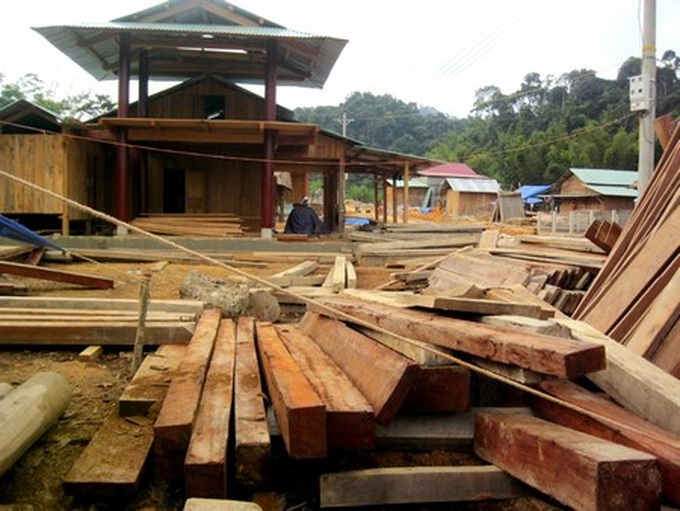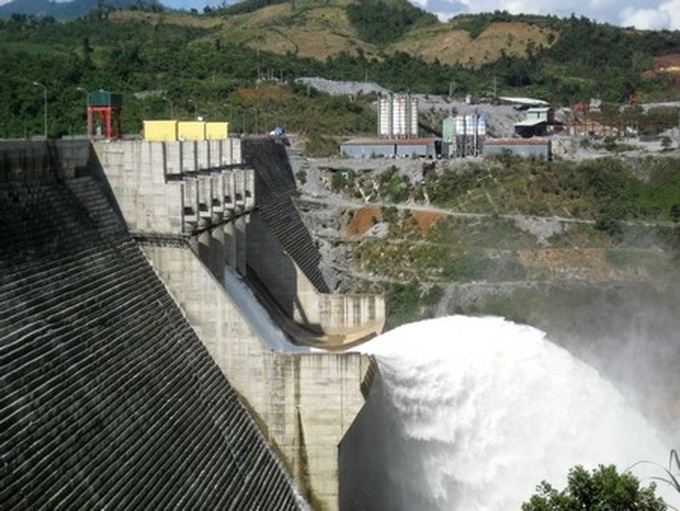Hydropower has been a key to the development of Vietnam's power sources, but it also comes at a cost, experts have said.

Local people nearby Song Bung 4 hydropower plant cleared precious woodland for house construction
Vietnam Rivers Network (VRN), in coordination with NA deputies in the central province of Quang Nam, held a seminar on May 7 to discuss the advantages and disadvantages of hydropower development in recent past years. Part of the aim was to learn from past mistakes and mitigate any bad effects of current and future hydropower projects.
Dr. Dao Trong Hung, a VRN member, said that there is no doubt that Vietnam has benefited from hydroelectricity.
By 2009, the country’s hydropower capacity had reached 9,200 MW. The figure is expected to increase to 17,400 MW by 2020, accounting for around 23% of the total power generated during this time.
According Hung, hydropower is both a clean and renewable source of electricity, and has helped the socio-economic development of underdeveloped regions, many inhabited by ethnic minorities.
On the other hand, he said, hydropower plants also carry with them negative impacts on the environment, including destruction of forest land from their construction. This, he said, has adverse impacts on the lives of those living near such projects.
The building of 1MW of hydroelectricity is estimated to result in the destruction of around 16 hectares of forest, he noted.
Many hydropower projects are built in protected forests or national parks, affecting biodiversity, he said.
Currently, a total of 119 hydropower projects are constructed in or near 47 protected forests. Cat Tien National Park tops the list, being home to six hydropower projects; followed by Hoang Lien National Park, which is near five.
Hydropower development has also changed river and aquatic systems, affecting water resources for daily life and even causing floods during the rainy season, he said.
Tranh River alone has seven hydropower plants.
Another problem has been the relocation of those who inhabit the areas where construction of hydropower projects takes place, according to Dr. and Associate Professor Vu Trong Hong, Chairman of Vietnam Irrigation Association.
Hong said that many hydropower plants have been operating for several years but investors have yet to complete building resettled houses for local residents.
“Investors are worried that local people may use compensation money for purposes other than building a home. At the same time, many of the resettlement projects built by the investors are considered by the locals to be uninhabitable, which forces them back to their old homes,” said Do Tai, Chairman of Dong Giang District People’s Committee in Quang Nam Province.
A Vuong and Song Tranh 2 hydropower projects might prove to be typical examples of this problem, he shared.

